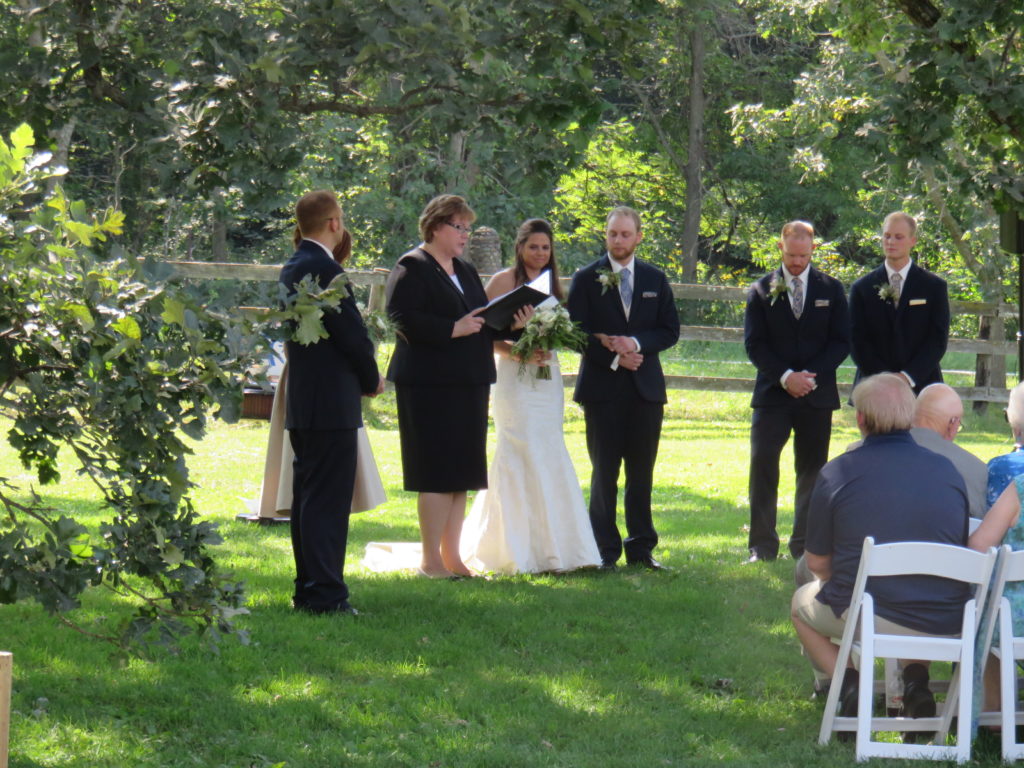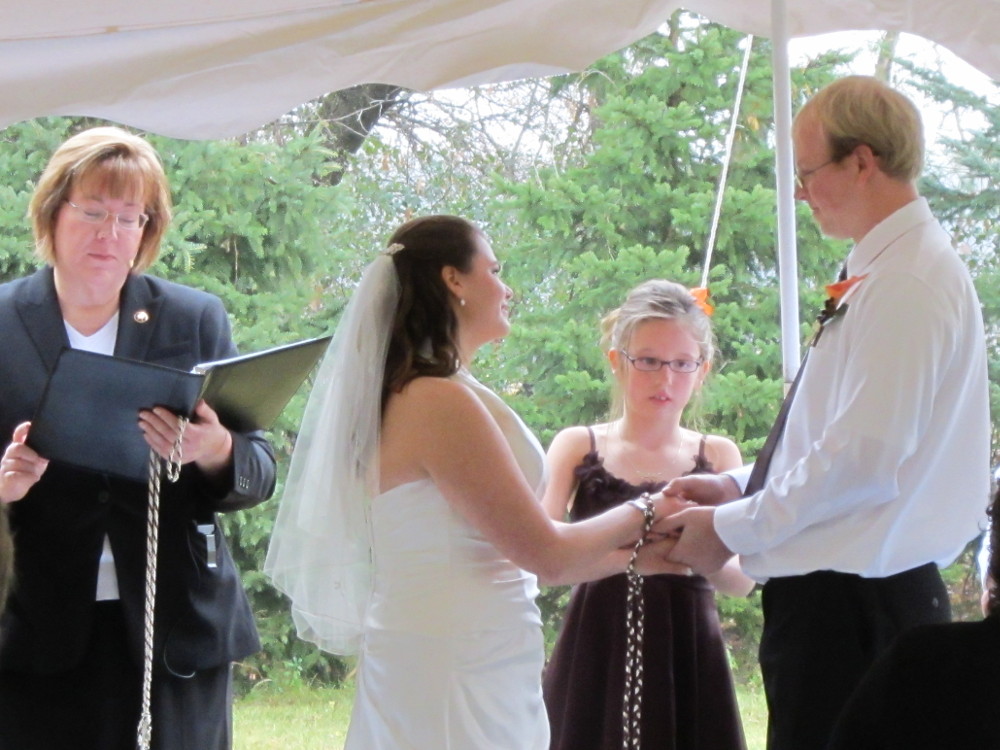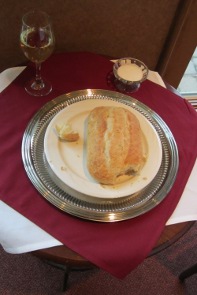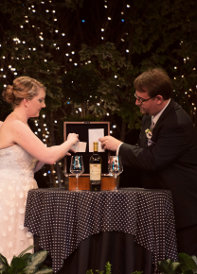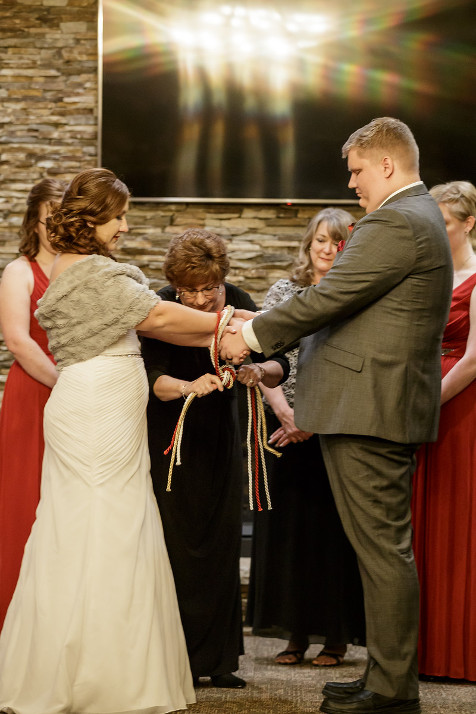Create Meaningful Ceremony – Memorials
Create meaningful ceremony to celebrate the important moments in life. In previous weeks I’ve written about creating personal weddings and welcoming a new child to your family. Now it’s time to discuss how to honor a loved one with a poignant memorial service.
Holding a memorial service serves four purposes:
- To honor and celebrate the life of the person who has died.
- To make space for everyone to say a private good-bye.
- To offer and receive support as a community of people who knew the honoree.
- To set your feet on a path of grieving leading to healing.
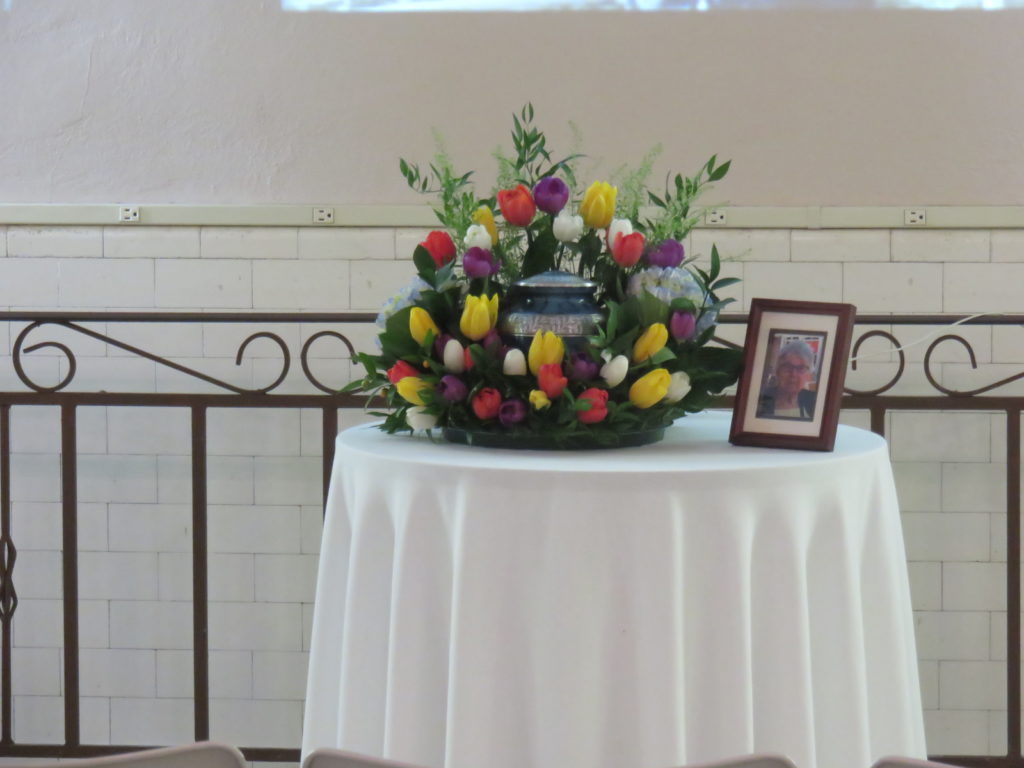
Here are some elements to consider as you work to create meaningful ceremony for a memorial service.
- Use music to open and close the ceremony. Select pieces that connect to the honoree. Perhaps they were a country music fan, or loved patriotic marches. Classical music can always be used, too, and can be soothing.
- Bring the honoree into the ceremony through mementos and their life story. Including a favorite team’s jersey or a quilt they made is a great visual. And make sure to share their life story through a biographical sketch.
- Make space for shared stories. You might opt for “open mic” where guests can spontaneously share some of their interactions. Alternately, you can invite two or three people to share a slightly longer eulogy where they share highlights of the honorees life. For example, a professional colleague may speak about their work life, and an adult grandchild may share stories of time with grandma or grandpa.
- Since guests may be of varying religious inclinations, it’s respectful to offer a time for silent reflection or prayer. You can use music or perhaps a video picture montage to accompany this time.
- Finally, you want to draw people together and give them hope for brighter days ahead when their sorrow is not as profound as it is right now.
When you create meaningful ceremony by weaving these elements together you’ll both celebrate and honor the person who has passed. You’ll also support the family and friends in a memorable and appreciated manner.
Next time I’ll be talking about how to create meaningful ceremony around other milestone moments in life. Make sure to check it out in two weeks.

